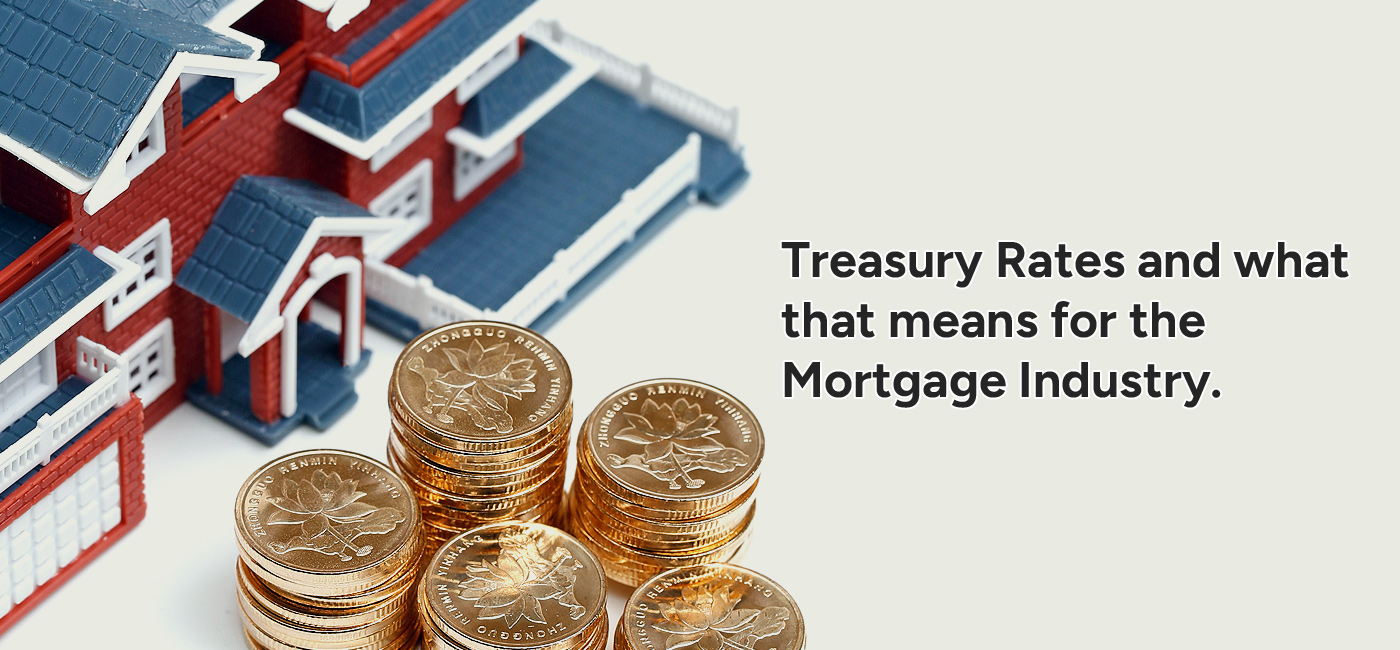How the Fed is messing with your wallet and your livelihood.
The 10-year Treasury rate is the interest rate paid by the US government on its 10-year Treasury bonds, which are considered to be among the safest investments in the world. The rate is determined by market forces of supply and demand and is influenced by a variety of economic factors, including inflation expectations, economic growth, and global events.
Mortgage rates are affected by the 10-year Treasury rate because mortgage lenders use the Treasury rate as a benchmark for setting interest rates on long-term loans, such as 30-year mortgages. When the 10-year Treasury rate increases, mortgage rates tend to increase as well, as lenders need to offer higher rates to attract investors to buy mortgage-backed securities.
In addition to the 10-year Treasury rate, mortgage rates are also influenced by other factors, including the borrower’s credit score, loan-to-value ratio, and the overall health of the economy. However, the 10-year Treasury rate is an important indicator of the direction of mortgage rates over the long term, and many borrowers pay close attention to it when considering whether to buy a home or refinance an existing mortgage.
First we need to start out with what is a basis point?
A basis point is a unit of measurement that is commonly used in finance and represents one-hundredth of a percentage point or 0.01%. For example, if the interest rate on a loan increases by 25 basis points, it means that the interest rate has increased by 0.25%.
Basis points are useful when discussing changes in interest rates, bond yields, and other financial metrics that are often expressed in small percentage changes. They provide a standardized way of communicating these changes, allowing for easier comparison across different financial instruments.
Basis points are also commonly used to express the difference between two interest rates. For example, if the interest rate on a 10-year Treasury bond is 1.5% and the interest rate on a 30-year Treasury bond is 2.0%, the difference between the two rates is 50 basis points (2.0% – 1.5% = 0.50% or 50 basis points).
So how does the SVB collapse affect Treasury Rates?
The collapse of the Silicon Valley Bank (SVB) may have led to lower Treasury rates due to a flight to safety by investors. When there is uncertainty in the financial markets, investors tend to move their money into safe-haven assets like Treasuries, which are backed by the US government. This increased demand for Treasuries drives up their price and lowers their yield (interest rate), which moves inversely to price.
Additionally, the collapse of SVB may have increased concerns about the overall health of the banking system, which could lead to a decrease in economic activity and lower inflation expectations. Lower inflation expectations would lead to lower Treasury rates as investors anticipate a weaker economy and lower demand for credit, which would push down interest rates.
If the Government continues to bail out banks, is the US Banking system becoming nationalized?
No, the American banking system is not becoming nationalized solely because the government bails out troubled banks like Silicon Valley Bank (SVB). Nationalization typically refers to a scenario in which the government takes over control of an entire industry or sector, including its assets and operations. However, when the government bails out a bank, it is providing financial assistance to a single institution that is struggling. The government may do this to prevent a broader economic crisis or to protect depositors and creditors.
In the case of SVB, the bank’s failure could have had a ripple effect throughout the financial system, leading to increased economic instability. The government’s intervention was aimed at preventing this outcome. However, it does not necessarily mean that the government is taking control of the entire banking system. Bailing out banks is a tool that the government can use to maintain financial stability and prevent widespread economic damage.
Opinion
So over the past few months the Fed has been under Quantitative tightening, meaning, they are raising interest rates to curb demand. I’ve said since the beginning that I did not think they would stop raising rates until the unemployment numbers rose. That has not happened as of this writing. However, in light of SVB debacle and speculation that other banks may follow suit, it may be in the best interest of the Fed to halt their rate increases and that they may in fact lower them. So, what does this mean for the overall mortgage picture. My opinion is that the mortgage rate needs to stay in the 5%-6% range to entice buyers, but still bring some semblance of normality to the housing market and a slight lowering of prices. In addition, how can the fed continue to raise rates, while knowing the US Debt and many other banks invested in Treasury Bills certainly can’t handle many more rate hikes.
What is concerning is the fact that if the Fed continues to raise rates, Quantitative Tightening, while bailing out banks, Quantitative easing, what does to do the overall health of the economy, mainly the housing sector. We know there is a shortage of housing even till this day. So how do we get that under control without prices skyrocketing once mortgage rates turn around? Time will tell, but stay tuned and check in. No one has a crystal ball, but this crisis is certainly not over or averted.

